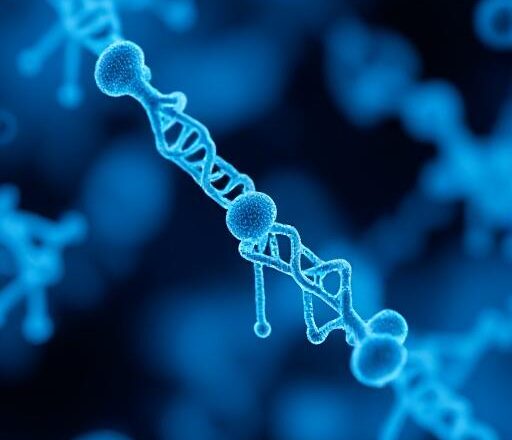Introduction
In 2012, CRISPR gene-editing technology was hailed as a revolution in biology. By 2025, it’s no longer just a laboratory tool—it’s a mainstream medical solution that’s reshaping healthcare, agriculture, and even the fight against climate change.
This article explores how CRISPR 2.0 and next-gen gene-editing platforms are curing diseases, raising ethical questions, and redefining what it means to be human.
1. The Medical Breakthroughs of 2025
CRISPR-based therapies have moved from clinical trials to hospitals:
-
Cures for rare genetic diseases: Patients with sickle cell anemia and muscular dystrophy are already receiving FDA-approved CRISPR treatments.
-
Cancer treatments: CRISPR is being used to engineer immune cells that specifically attack tumors.
-
Preventive medicine: Doctors are exploring CRISPR edits to reduce risks of Alzheimer’s, heart disease, and diabetes.
In 2025, gene editing is no longer “someday science”—it’s saving lives now.
2. CRISPR Beyond Medicine
The technology’s reach extends beyond healthcare:
-
Agriculture: Gene-edited crops resistant to drought and pests are boosting food security.
-
Climate: Scientists are exploring edited plants and microbes to absorb more carbon.
-
Animal health: Gene editing is helping livestock resist diseases, reducing the need for antibiotics.
What was once purely medical is now shaping entire ecosystems of innovation.
3. The Rise of CRISPR 2.0
The new generation of gene-editing tools includes:
-
Base editing: More precise edits that reduce the risk of errors.
-
Prime editing: A “word processor” for DNA that allows scientists to rewrite genetic code with pinpoint accuracy.
-
Epigenome editing: Turning genes on or off without permanently altering DNA.
These advances mean fewer risks, broader applications, and faster approvals from regulators.
4. The Ethics Debate
With power comes controversy:
-
Should parents be allowed to edit embryos to prevent diseases—or enhance intelligence?
-
Will “gene therapy tourism” emerge, with patients traveling to countries with looser rules?
-
How do we ensure equity, so treatments don’t become luxuries for the rich?
As CRISPR spreads, society faces one of the biggest ethical dilemmas of the 21st century: how far should we go in rewriting life?
5. Big Money and Big Pharma
The biotech industry is booming:
-
Billions in venture capital are flowing into CRISPR startups.
-
Pharmaceutical giants are partnering with gene-editing companies to launch therapies.
-
A race is underway to create the first mass-market CRISPR drug for common conditions.
Analysts predict CRISPR will fuel a $100 billion industry by 2030.
6. Everyday Impact
For patients and families, CRISPR is deeply personal:
-
A child who once faced a terminal illness now has hope.
-
Farmers are growing climate-resilient crops in drought-prone regions.
-
Consumers are starting to see CRISPR-labeled foods in supermarkets, sparking curiosity and debate.
CRISPR isn’t just in labs anymore—it’s part of daily life.
7. What’s Next?
Looking ahead to 2030:
-
Mainstream CRISPR therapies for cancer, heart disease, and neurological disorders.
-
Global regulation frameworks to standardize ethics across nations.
-
DIY biohackers pushing boundaries outside traditional labs.
-
The possibility of a post-disease world, where genetic illnesses are permanently erased.
The question isn’t if CRISPR will transform humanity—it’s how fast, and at what cost.
Conclusion
CRISPR 2.0 in 2025 represents a turning point in human history. We now have the tools to cure diseases once thought incurable, reshape food systems, and even alter evolution itself.
The challenge will be ensuring this revolution is safe, ethical, and equitable. Because while CRISPR may be the key to rewriting our future, it’s up to society to decide what kind of future we want to write.
